At present three species of the strange genus Tetranematichthys are distinguished. None of them comes more frequently or even regularly into the trade, because their hidden way of life makes their catch a pure matter of luck. So we were particularly pleased to be able to import the species T. wallacei from Colombia. We are even more pleased that sexually mature males and females are included in the import.
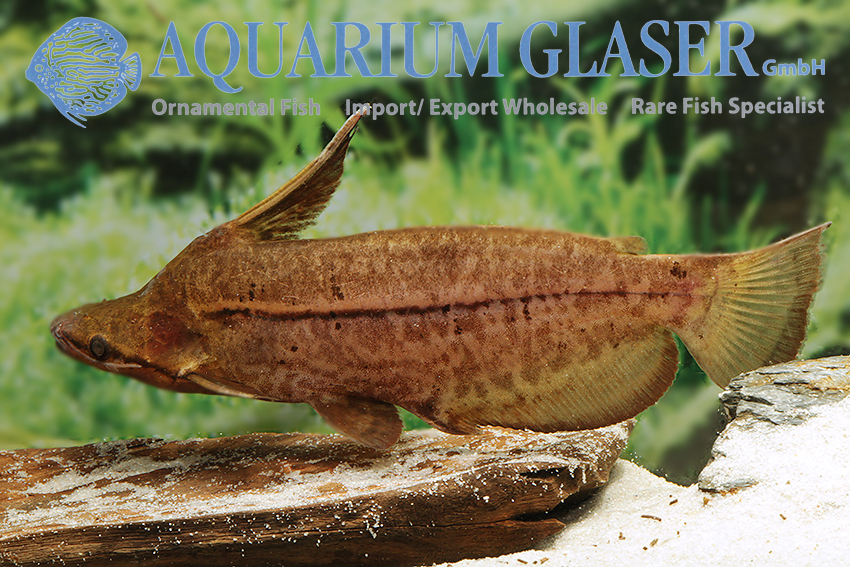
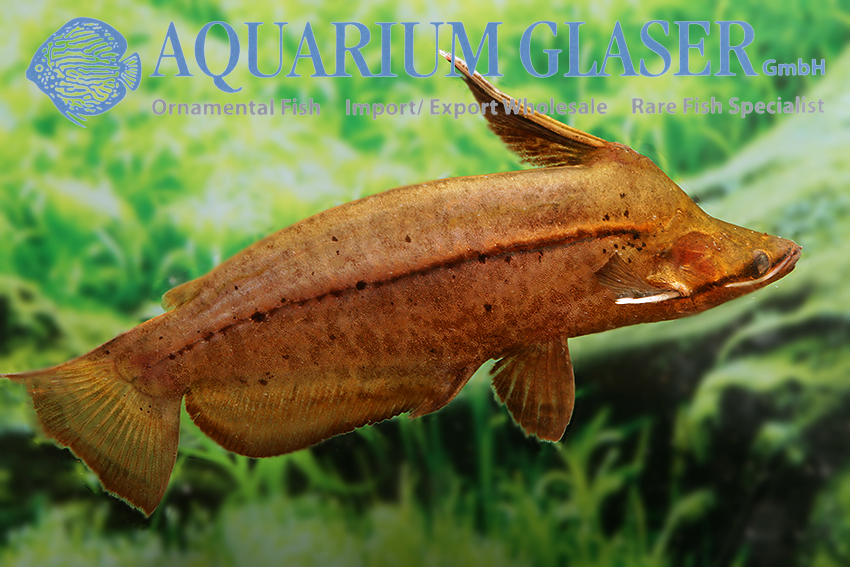
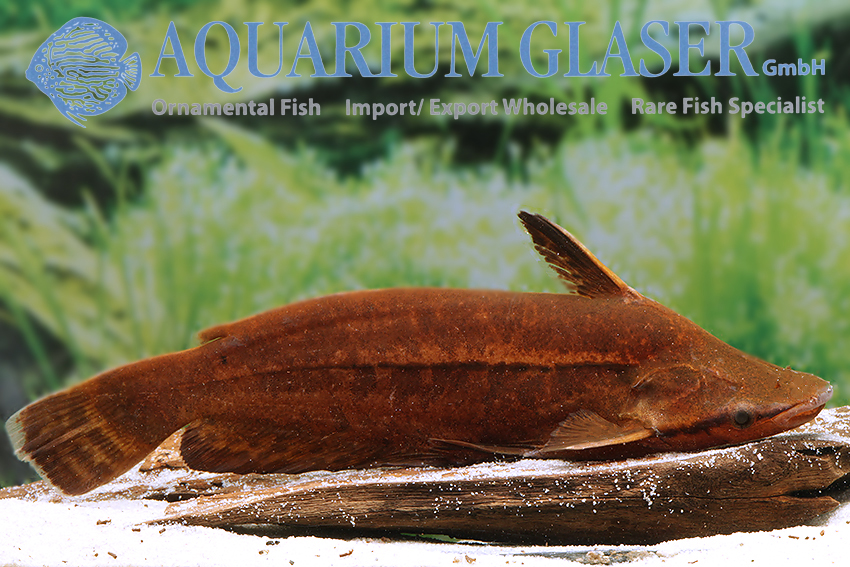
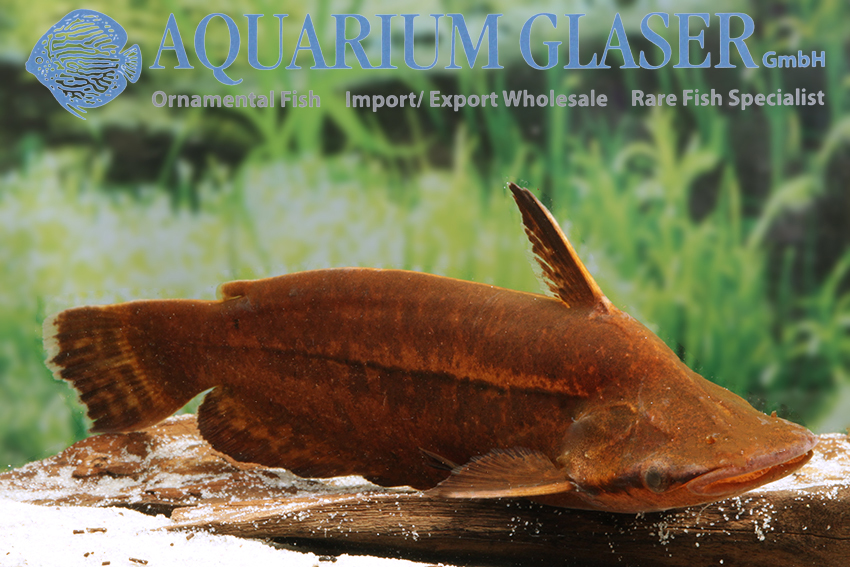
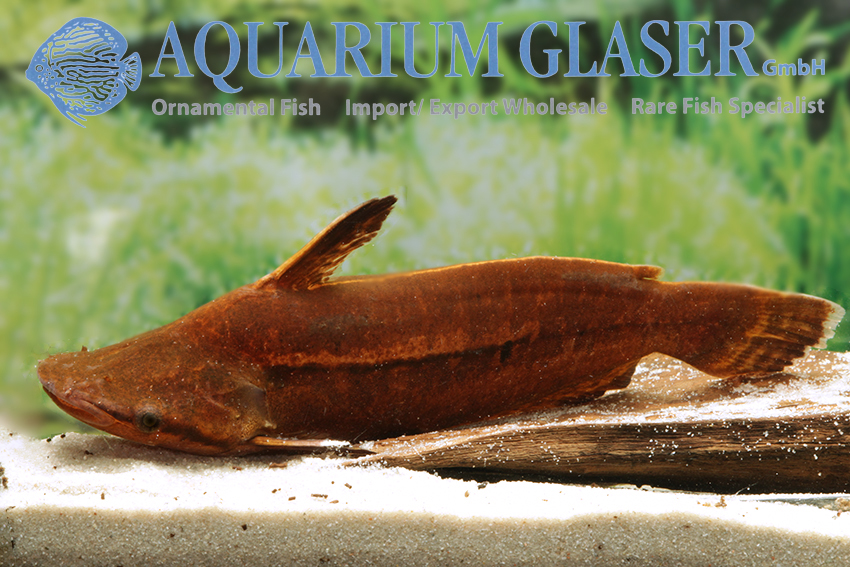
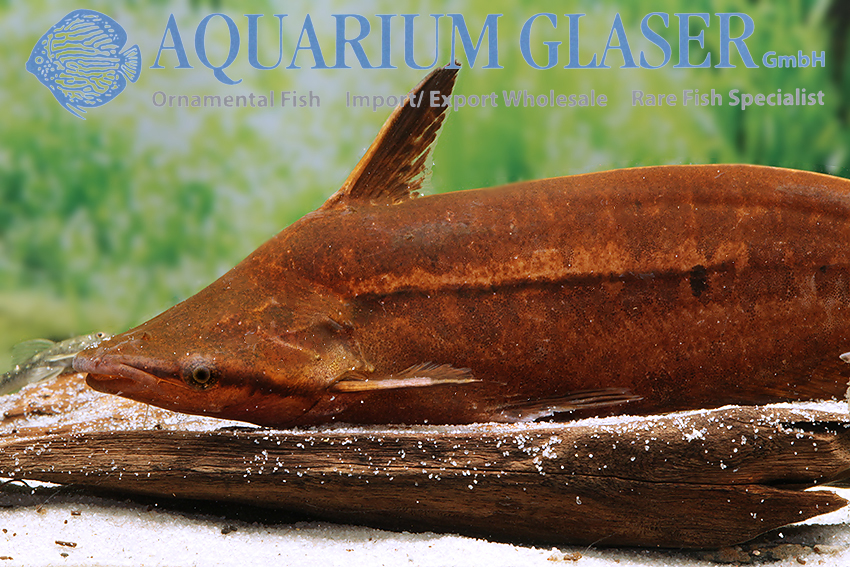
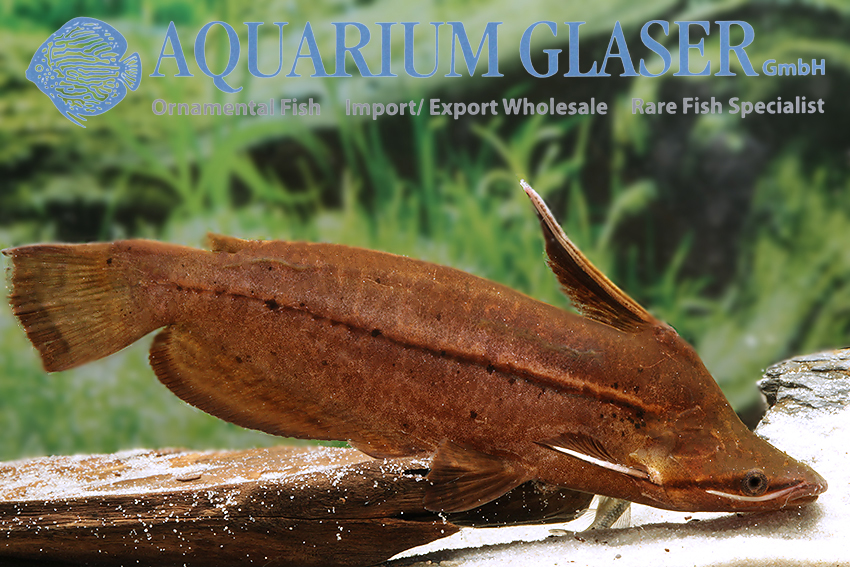
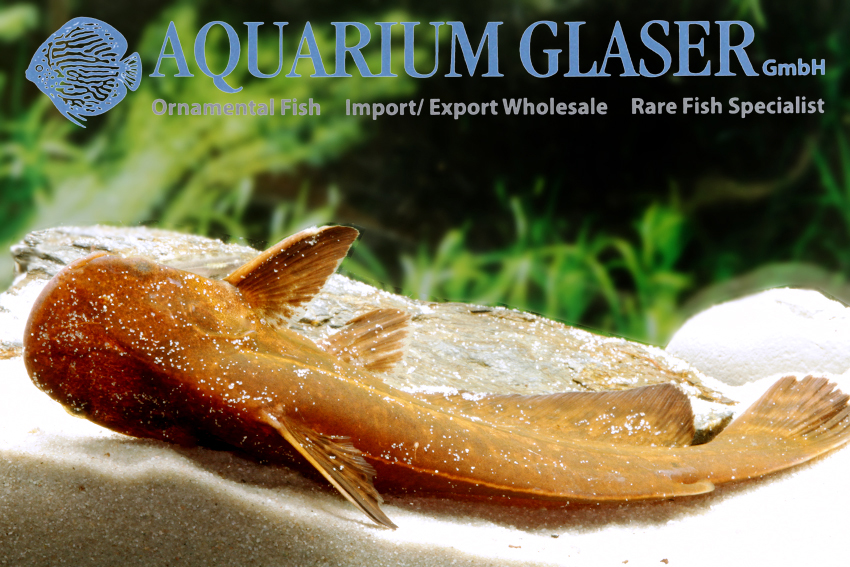
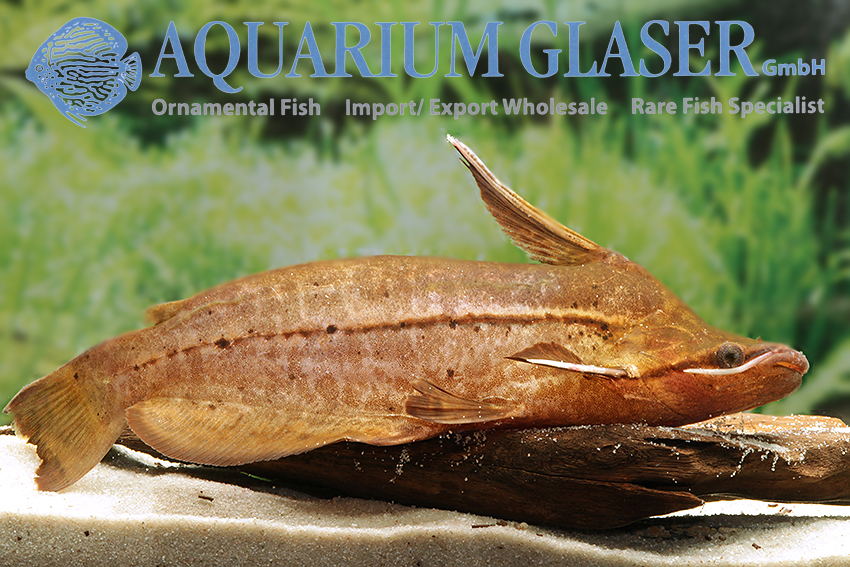
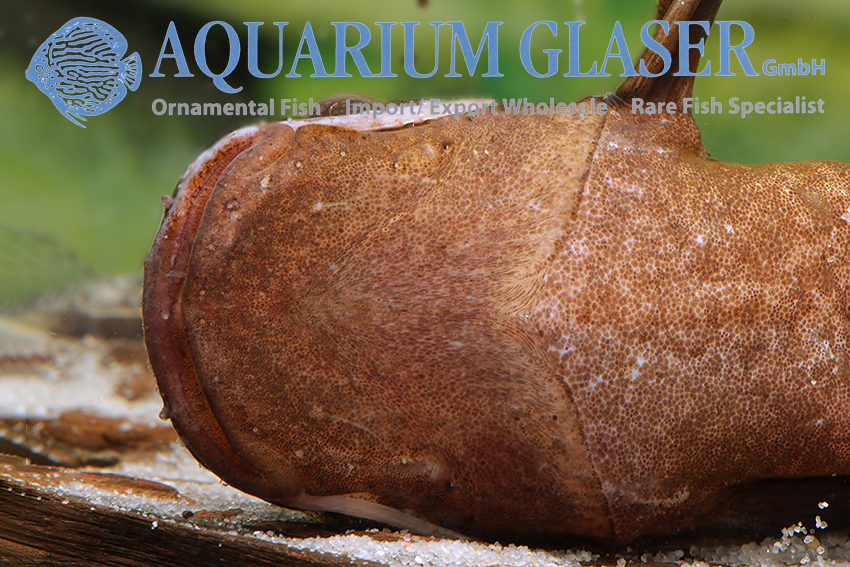
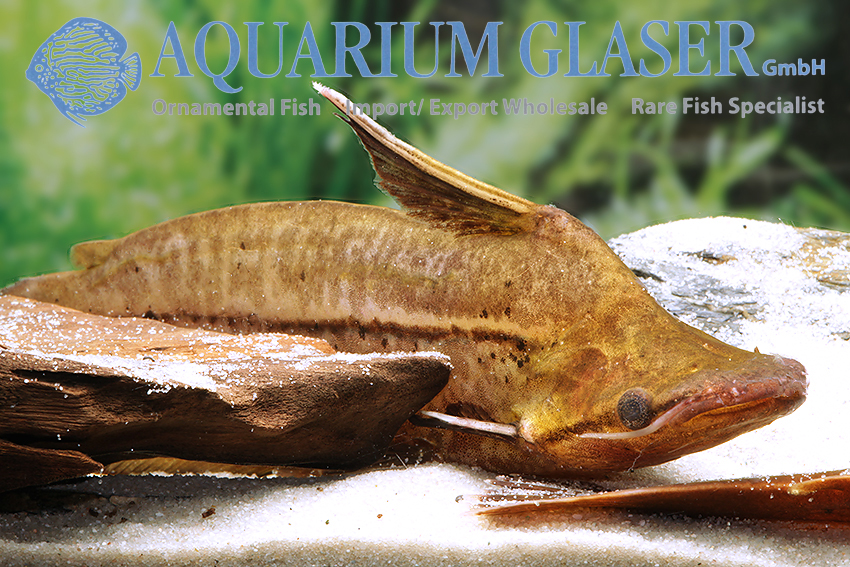
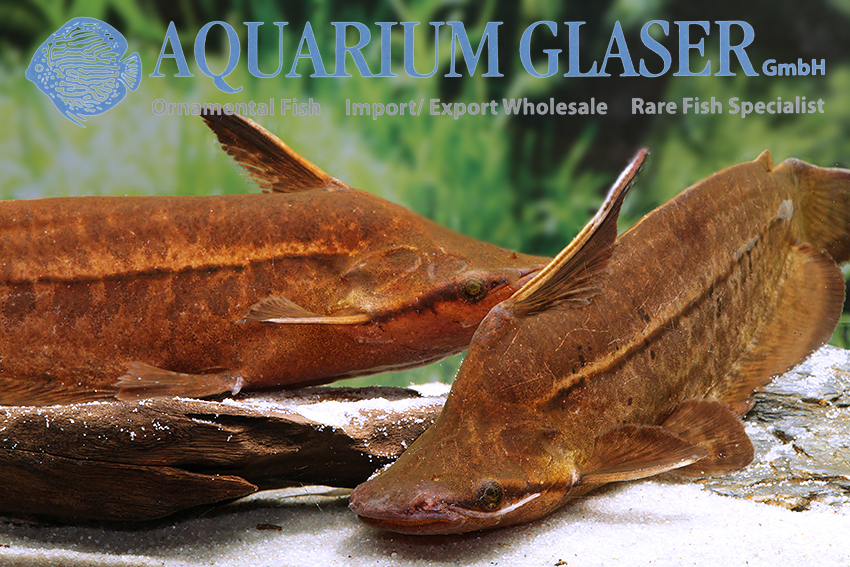
As in the closely related genus Ageinosus, male Tetranematichthys develop a huge dorsal fin at breeding time. The male uses the heavily spined dorsal fin spine to clamp the female during mating. Fertilization occurs internally with a penis-like structure formed from the anteriormost rays of the anal fin. After the reproductive period, both sexual characteristics are said to regress and then become almost indistinguishable from that of the female.
T. wallacei differs from the identically colored species T. quadrifilis by the profile of the underside of the head. The cheeks of T. wallacei run almost parallel on the left and right side, while in T. quadrifilis the distance between left and right head edge increases clearly recognizable towards the abdomen.
These highly interesting and rare catfishes reach about 20 cm total length. They feed predatorily, preferred food being small fish. An aquarium for Tetranematichthys should contain a fine sandy bottom, be dimly lit and contain plenty of root wood for hiding. During the day the animals often lie on their sides sleeping, this is quite normal and need not worry the keeper. Among themselves Tetranematichthys are completely peaceful.
For our customers: the fish have code 296415 on our stock list. Please note that we only supply wholesale.
Lexicon: Tetranematichthys: means “fish with four filaments”, referring to the barbels. wallacei: dedication name for Alfred Russel Wallace (1823-1913).
Suggested common name: Wallace’s root dolphin catfish.
Text & Photos: Frank Schäfer




